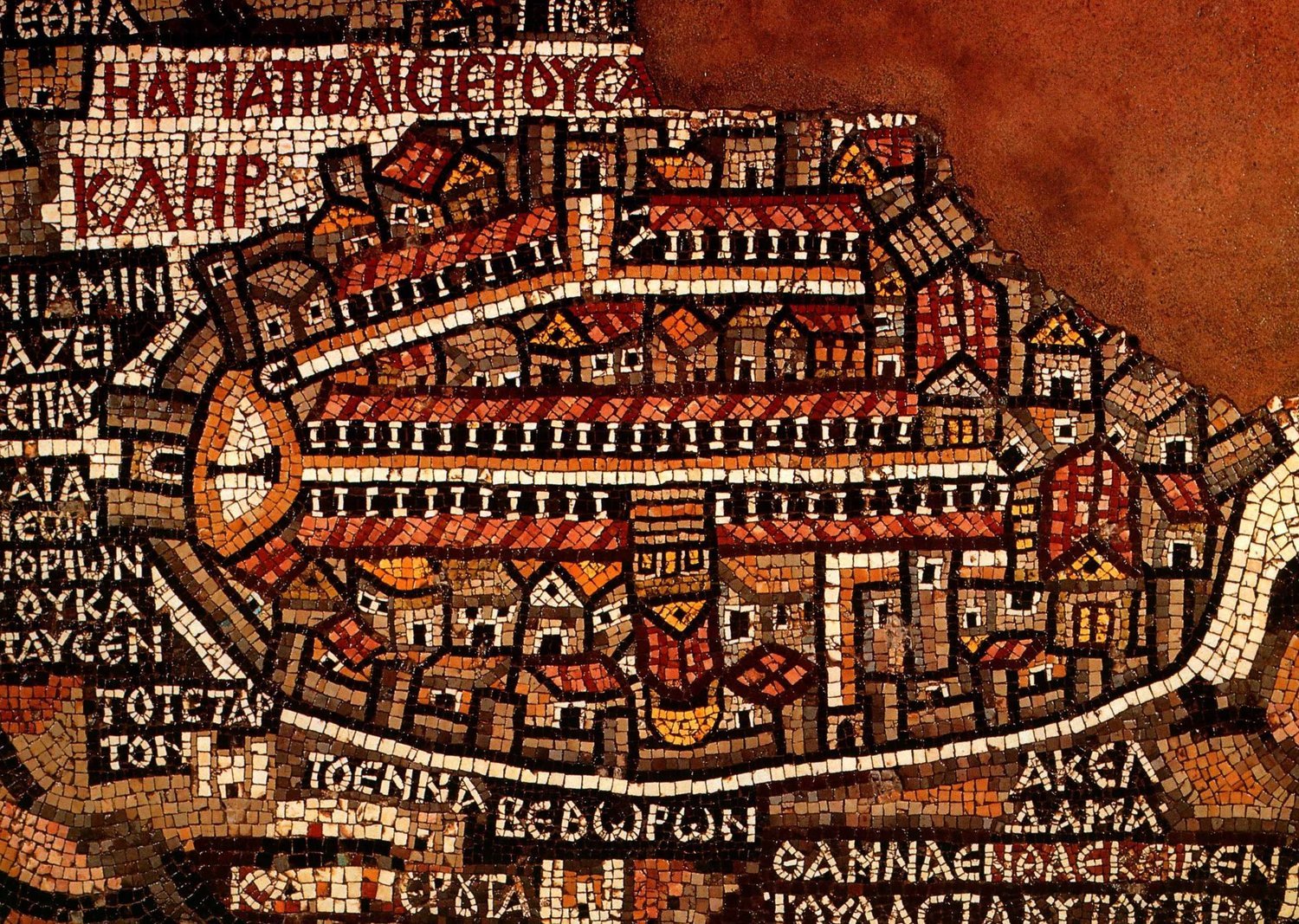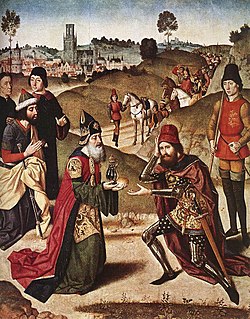Image: Manuel I Komnenos
The following chapter investigates why the original Letter of Prester John gained so much popularity across the Latin Christendom. The extract belongs to Unit V of my ongoing book, The Enchanting Encounter with the East.
I'm currently working on Unit VI, the last section which will include five chapters: a general introduction about medieval journeys to the Far East and Inner Asia, John of Plano Carpini, William of Rubruck, John of Montecorvino and the bottom line.
Sorry for the long interruption in my updates. Here's a new extract:
Twenty years later, long after the dust of the Second Crusade disaster settled, a bizarre missive was circulating with lightning speed all over the Latin West. Directed to the leading European royal houses, it somehow skipped the most important of all: the Curia Romana. This letter of introduction was penned by the paramount emperor of the Orient who responded to the casual name of John the Priest.
The original version was inscribed in Latin by a West European author and addressed to Manuel Komnenos, the East Roman emperor, a charismatic leader adored by his retinue.
The preamble of the missive deviates from the conventions of diplomatic correspondence, pervading air of arrogant patronage. The writer, who extolls himself as the ‘King of kings and Lord of lords’ denigrates his correspondent, the foreign head of state, to the mock title ‘governor of the Romans’. Moreover, the author censures Manuel’s faith, implying that the Greek ruler allows his subjects to pay him divine homage: “the little Greeks regard you as a god.”
At this point, Prester John briefs the reader about himself, boasting of his superiority over all current monarchs on earth in terms of his impact, virtue, and wealth. Seated on a high-backed throne, he elaborates on the extent of his boundless empire, announcing that his domain comprises a mosaic of dependent territories: “Seventy-two kings are tributaries to us.” The readers fancied him to govern the world empire since, according to Isidore, the earth includes seventy-two nations speaking the same number of languages. The sum of imperial provinces bears a symbolic flavor, alluding to seventy translators of the Hebrew Bible and seventy disciples of Jesus.
The royal author labels his realm the Three Indies; it strews across most of Asia, from the borders of Mesopotamia to the unidentified spot where the sun rises over the horizon. The farther province is the land where St. Thomas the Apostle was glorified, i.e. southern India. The overlord’s dominion strings out so far that a traveler needs many months to cross it riding non-stop in the same direction.
Another allusion to Hindustani geography is the river Pishon alternatively associated with the Indus or the Ganges. This watercourse originates in the Garden of Eden and meanders across one of the imperial provinces, suggesting that it is proximate to Paradise.
In addition, India features as the homeland of pepper, which grows among shrubbery swarming with snakes. When the fruit ripens, the bushes are set on fire which causes the reptiles to withdraw, allowing local farmers to harvest the scorched crops.
The author guides the reader through his enchanting wonderland, spicing his tales with a trove of marvels, like the movable ‘sandy sea’, teeming with yummy fish but impassable for ships and the ‘gravelly river’ which turns pebbles into gemstones. The former alludes to the desert landscape and the latter can imply a rock fall or a mine of mineral endowments. The writer promotes The Three Indies as an exciting place to take a tour.
Prester John's land is the source of the most desirable commodities and the inexhaustible font of marvels and wonders: bizarre beasts and human freaks, medicinal plants and minerals possessing magical powers. The symbolic vicinity to the terrestrial paradise endows its physical and spiritual integrity. The zeal of innovation does not stir the utopian world. There are neither failures nor gains. The region abounds in natural resources; it even supplies the European markets with the extras. The residents are not spurred by technological achievements or challenged by scientific discoveries






